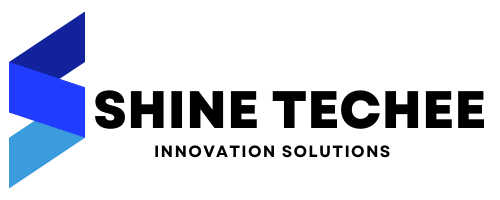Mastering Keyword Optimization: A Guide for Service Providers to Boost Blog Content Conversion
Introduction:
In the digital age, effective keyword optimization is the linchpin for service providers looking to enhance their online presence and convert blog content into meaningful engagement. This blog will explore the art and science of optimizing keywords to not only drive traffic but also to convert visitors into satisfied customers. Let’s delve into strategic approaches that can elevate your blog content and maximize its impact.
1. Understanding Your Audience:
Effective keyword optimization begins with a deep understanding of your target audience. What are their needs, pain points, and preferences? Conduct thorough research to identify the terms and phrases your audience is likely to use when searching for services similar to yours. Crafting content around these keywords ensures your blog resonates with your intended audience.
2. Long-Tail Keywords for Niche Appeal:
While broad keywords are essential, don’t overlook the power of long-tail keywords. These more specific phrases cater to niche audiences and often indicate users who are further along in the decision-making process. Incorporate long-tail keywords naturally into your content to capture the attention of users looking for specialized services.
3. Strategic Placement in Content:
Optimizing keywords involves more than just sprinkling them throughout your content. Place your target keywords strategically in key areas such as titles, headings, and the opening and closing paragraphs. This not only aids search engines in understanding your content but also makes it more reader-friendly and engaging.
4. Create High-Quality, Relevant Content:
Search engines prioritize content that provides value to users. Ensure your blog content is not only optimized for keywords but also offers valuable insights, solutions, or entertainment. High-quality content attracts and retains visitors, increasing the likelihood of conversion.
5. Optimize Meta Tags and Descriptions:
Don’t overlook the importance of meta tags and descriptions. Craft compelling meta titles and descriptions that not only include your target keywords but also entice users to click through to your content. A well-crafted meta description can significantly impact click-through rates.
6. Regularly Update and Refresh Content:
Search engines favor fresh, relevant content. Regularly update and refresh your blog content to ensure it remains current and continues to meet the evolving needs of your audience. This practice signals to search engines that your site is active and authoritative.
7. Monitor and Adapt to Analytics:
Utilize analytics tools to monitor the performance of your keywords and content. Track which keywords are driving traffic and conversions, and adjust your strategy accordingly. This data-driven approach allows you to refine your keyword optimization continually.
Conclusion:
Keyword optimization is a dynamic and integral part of a successful digital marketing strategy for service providers. By understanding your audience, incorporating long-tail keywords, strategically placing keywords, creating high-quality content, optimizing meta tags, regularly updating content, and monitoring analytics, you can unlock the full potential of your blog content. Elevate your online presence, attract your target audience, and convert visitors into loyal customers through a well-crafted and continually optimized keyword strategy.
